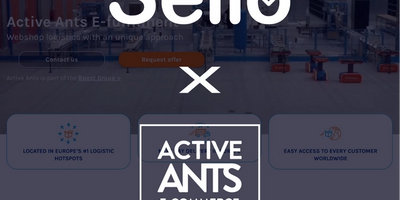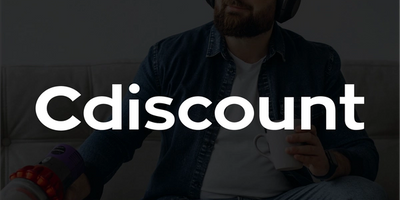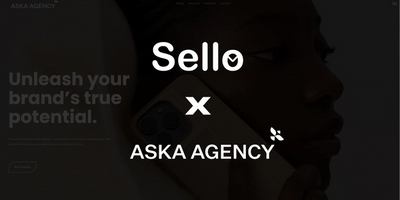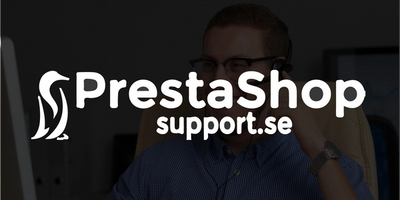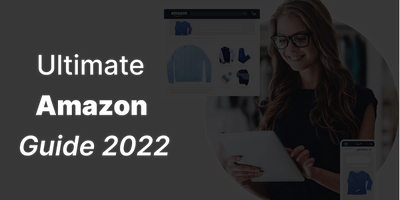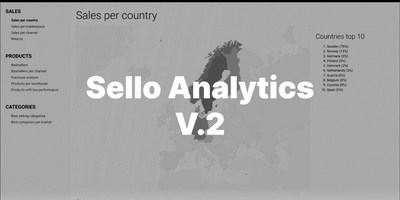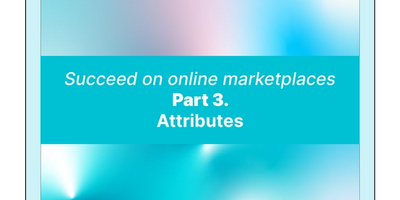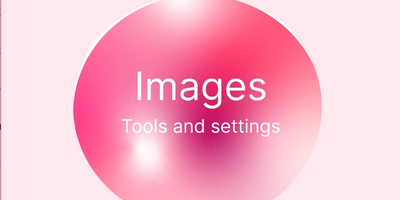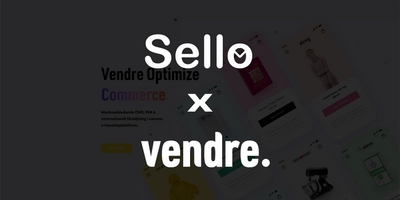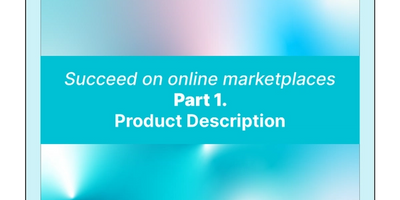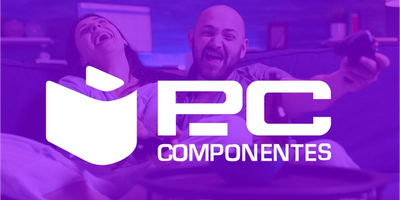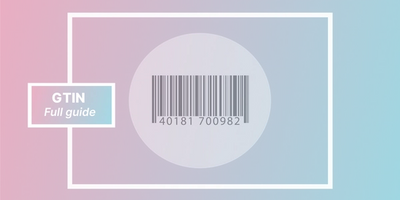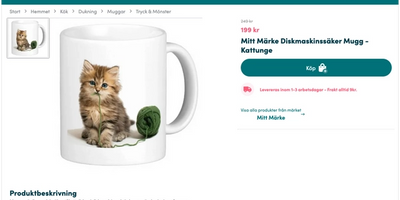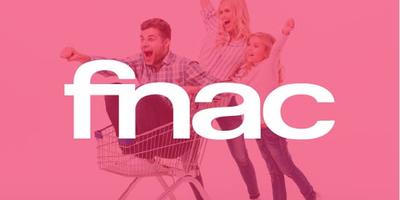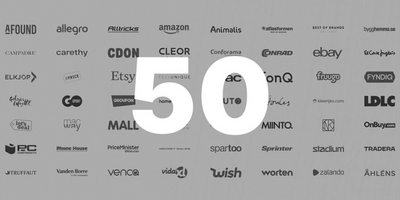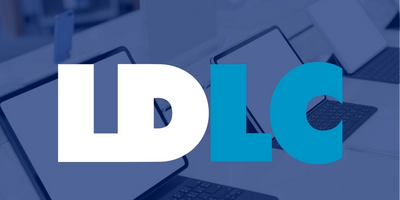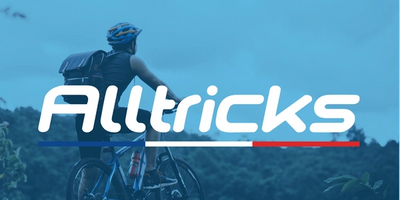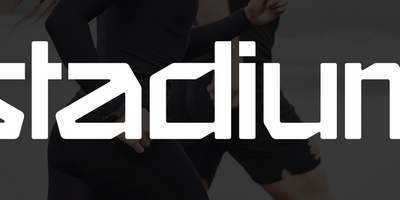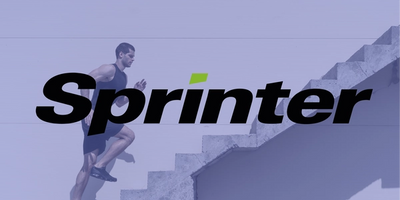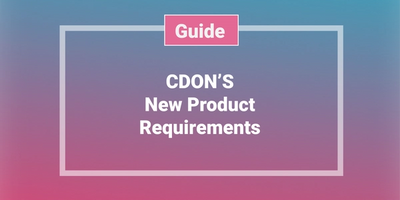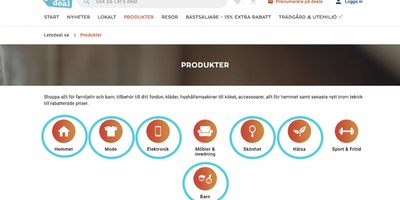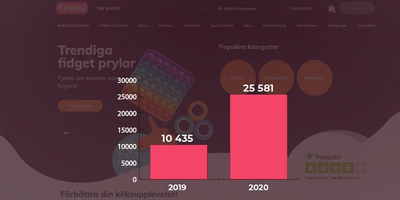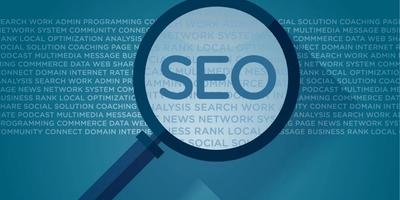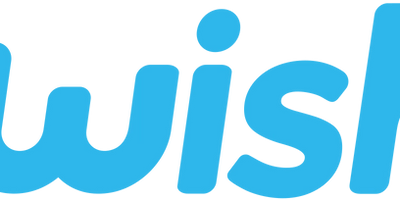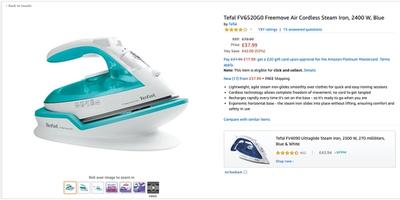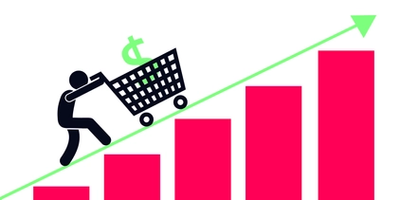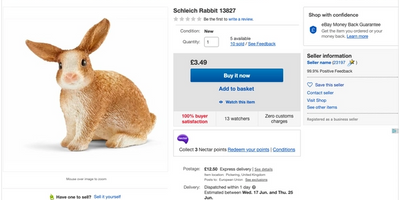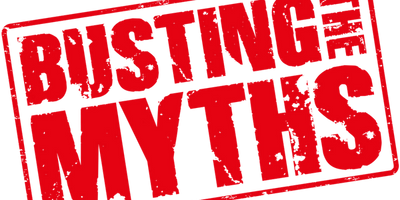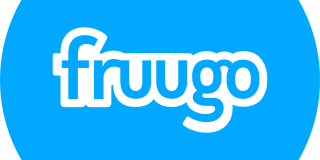E-commerce myths (part 3)
Sello debunks some of the most common e-commerce myths. In the coming weeks, we will take a look at some of e-commerce’s most stubborn myths and misconceptions and their respective realities.

2020-05-06
By Alexander Westerdahl
MYTH: IT TAKES LITTLE EFFORT TO APPEAR IN SEARCHES
This is far from the truth. There are millions of other businesses just like yours, all trying to get a spot on Google’s first page. There is some serious effort involved in getting your site anywhere near that level of visibility.
One of the best ways to increase visibility by far is SEO (Search Engine Optimization).
What many don’t realize is that you can be missing out on a large percentage of possible growth by not utilizing SEO, if your sales were to drop by 30 % percent, many of you would immediately address the situation, but many would not do the same to earn a 30 % increase through clever use of SEO.
The way technology has evolved over the years transformed the way consumers purchase products. Search is now an integral part of the decision-making process, with some saying that as much as 89 percent of consumers are using search engines to inform their purchase decisions.
There are, of course, costs associated with hiring and keeping a SEO professional, but unlike paid search traffic, the traffic from organic searches is “free” — no costs per click, no costs per conversion, no costs per impression. You can attract quality traffic in large volumes without paying for it directly.
Search engine optimization delivers results that are targeted, cost-effective and measurable — and long-lasting, and while it does require continuous attention, SEO doesn’t have an immediate shelf life of weeks or months. No one really “pulls the plug” on SEO. With paid advertising, the minute you stop paying, the traffic drops. SEO just keeps going and going, working night and day.
Another good thing about SEO is that people can’t buy their way to the top of the results. No one can pay off Google to be at the top, and companies can’t stuff their website with keywords to improve placement. It comes down to a quality website with engaging content that is useful to consumers.
Some other popular tools include:
SEM — Search Engine Marketing, SEO — Search Engine Optimization, PPC — Pay Per Click SMM — Social Media Marketing.




